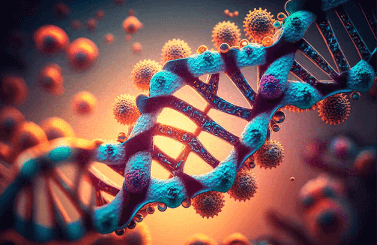Question
a.
C
b.
2C
c.
0.5 C
d.
0.25 C
Posted under Electronics and Communication Engineering
Interact with the Community - Share Your Thoughts
Uncertain About the Answer? Seek Clarification Here.
Understand the Explanation? Include it Here.
Q. A parallel plate capacitor has area of plate A and plate separation d. Its capacitance is C. A metallic plate P of area A and negligible thickness is added as shown in Figure. The...
Similar Questions
Explore Relevant Multiple Choice Questions (MCQs)
Q. If a metal specimen has n valence electrons per m³ each having charge e and mass m and t is the relaxations time, the conductivity is
View solution
Q. As per Matthiessen's rule, the total resistivity r of a conductor can be written as ρ = ρi + aT, where ρi and a are constants and T is absolute temperature. At very low temperatures
View solution
Q. An electron in a metal suffers collision and if the probability of it being scattered over an angle dθ is 2π P(θ) sin θ dθ where P(θ) is an arbitrary function of scattering angle θ, then
View solution
Q. If v is velocity of electron, ε0 is absolute permittivity, m is mass of electron, e is charge on electron and r is the radius of orbit of electron in hydrogen atom, the stability of orbit requires the following equation to be satisfied
View solution
Q. A parallel plate capacitor has area of plate equal to 1 m and distance between plates is also 1 m². The lossy dielectric has a complex dielectric constant ∈r = ∈'r - j ∈"r. If the capacitor is represented by R and C is parallel, then
View solution
Q. The v-i characteristic shown in the given figure is for
View solution
Q. Two coaxial metallic cylinders have radii R1 and R2. The space between them is filled with a dielectric having dielectric constant ∈r. The capacitance per metre length is
View solution
Q. A specimen of metal has n valence electrons per m³. If vx is the average velocity of these electrons, each having a charge e, the current density J is
View solution
Q. A metal has a large number of free electrons. If e is electronic charge and m is mass of electron and an electric field E is applied along (say) x direction, the electrons acquire a velocity having a component vx is x direction. Then
View solution
Q. If m is the mass of electron cloud, the equation of motion of electron cloud in the presence of an alternating electric field is of the form
View solution
Q. If Bmax is the maximum flux density, hysteresis loss is proportional to
View solution
Q. If Bmax is the maximum flux density, eddy current loss is proportional to
View solution
Q. A vacuum parallel plate capacitor is charged. The field between the plates is 2 x 10⁴ V/m. If the space between the plates is filled with a material having ∈ᵣ = 10, then the value of field in the dielectric will be
View solution
Q. In p type semiconductor, the conductivity due to holes is (e = charge on hole, μp = hole mobility, p = hole concentration)
View solution
Q. An electron is moving around a proton, in a circle of radius R. If flux density in the region is increased from zero to B, the force on the electron is
View solution
Q. If μp is permanent dipole moment and T is absolute temperature, the orientation polarization of polyatomic gases is
View solution
Q. Assertion (A): At a temperature of 1000 K, thermionic emission current is about 0.1 A/cm² of surface.Reason (R): Thermionic emission current is given by Ith = SA₀ T² e^(-Ew/kT).
View solution
Q. At room temperature, the current in intrinsic semiconductor is due to
View solution
Q. Ferroelectric materials are those which
View solution
Q. Assertion (A): Power loss in a conductor of resistance P = I²R.
Reason (R): When a conductor is carrying current with current density J as a result of applied field E, then heat developed/m³/ second = JE.
View solution
Recommended Subjects
Are you eager to expand your knowledge beyond Electronics and Communication Engineering? We've handpicked a range of related categories that you might find intriguing.
Click on the categories below to discover a wealth of MCQs and enrich your understanding of various subjects. Happy exploring!








